Chemically driven nanomotors may help resolve chronic inflammation in patients with rheumatoid arthritis.


Chemically driven nanomotors may help resolve chronic inflammation in patients with rheumatoid arthritis.
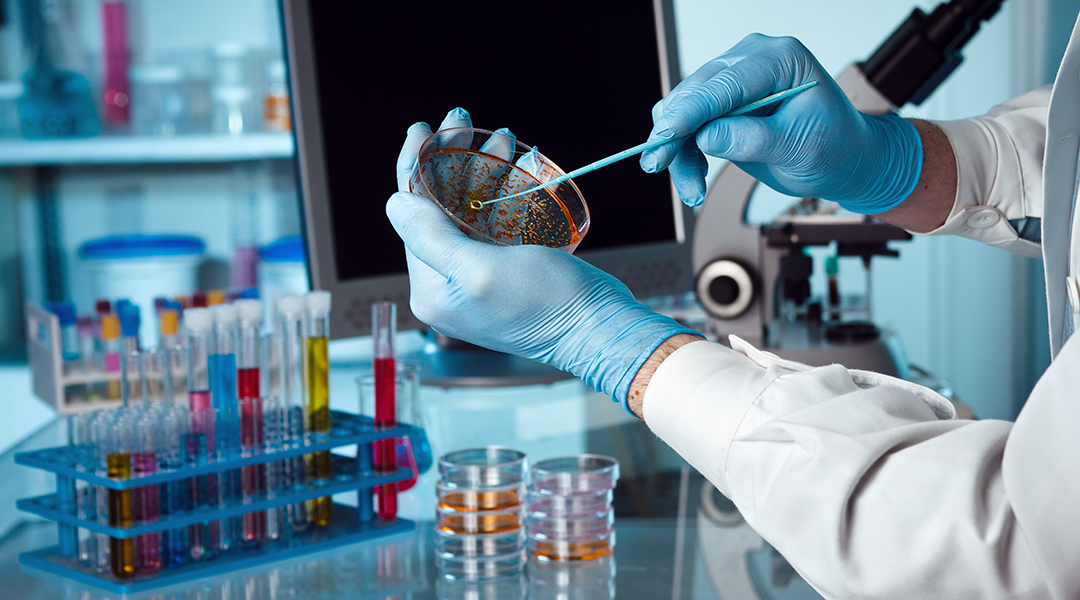
An extensive database will help scientists better understand the link between our gut microbiota and depression to inform new, tailored therapies.
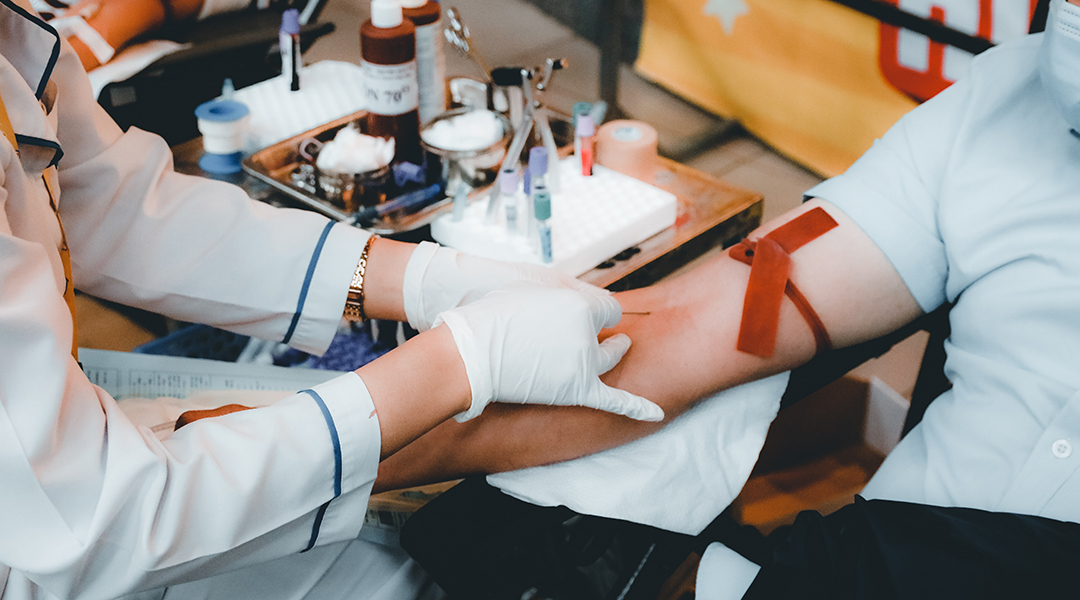
Red blood cells grown in a laboratory have now been transfused into another person in a world first clinical trial.
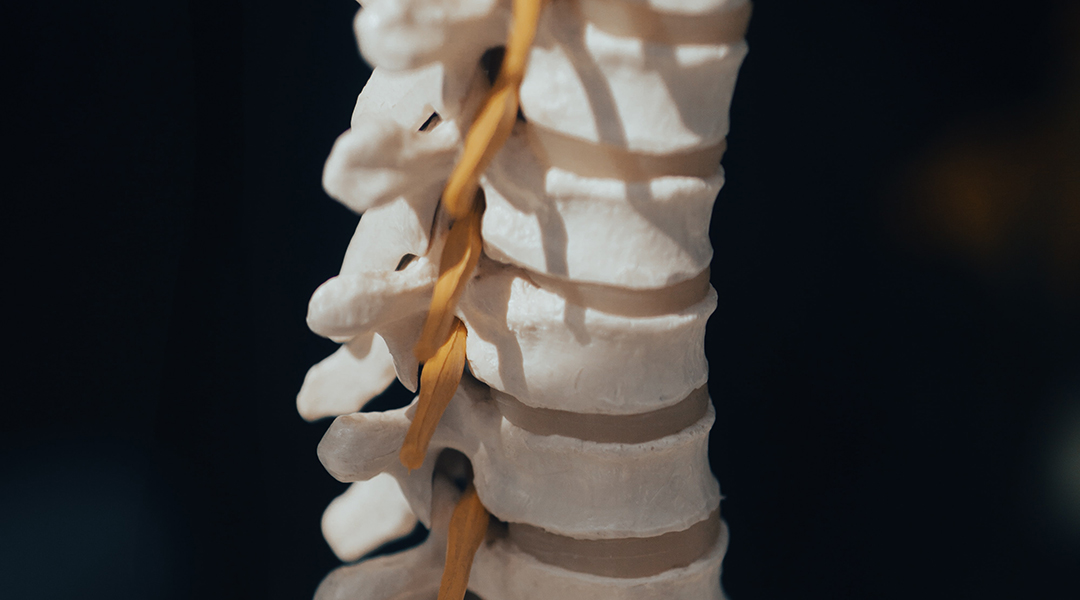
In patients with spinal cord injury, an implanted neurotransmitter restored their ability to walk, but underlying reasons were unexpected.
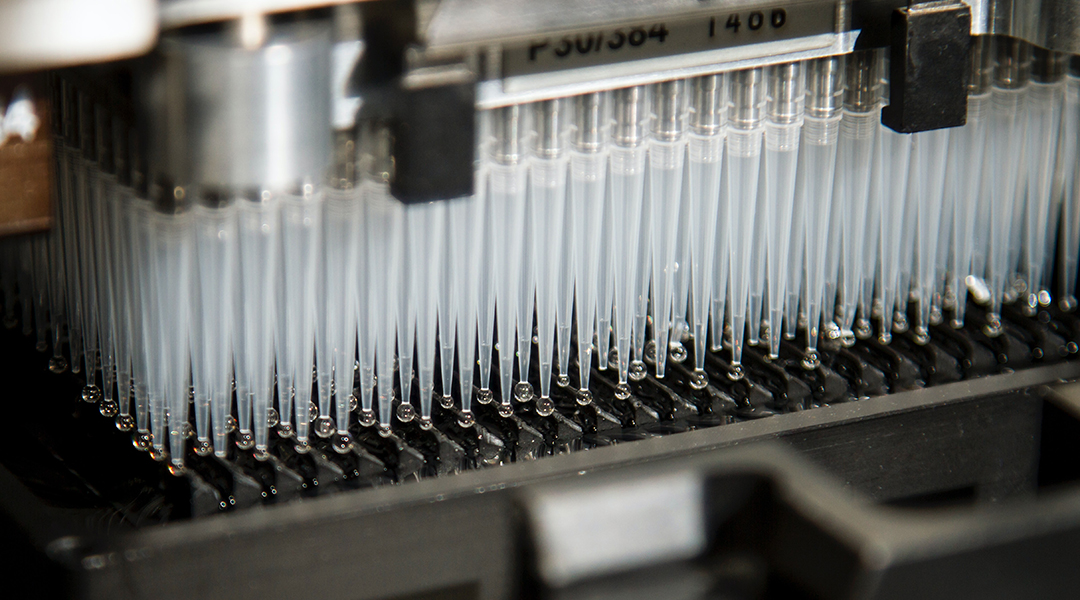
Stimulating neuron growth using a new mRNA therapy, researchers hope to treat chronic pain caused by disease, injury, or chemotherapy.
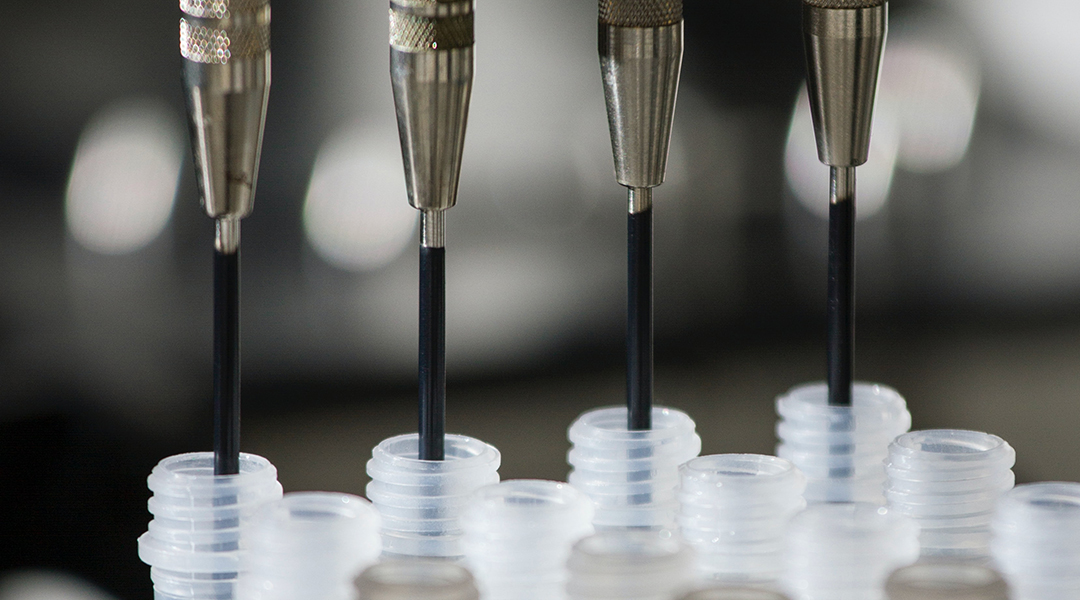
Artificial enzymes could help bring down the manufacturing costs of different medications, making them more available to patients.

This nanoparticle cancer therapy hijacks biological processes to target cancer cells and destroy them with self-assembling components.
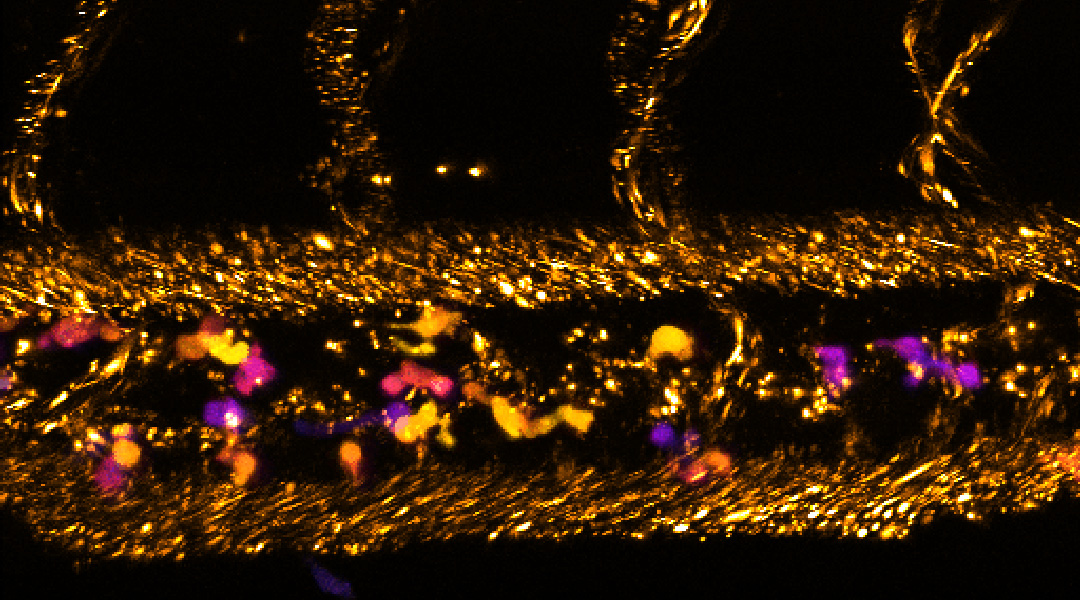
A new way of reprogramming the body’s immune cells to seek out and eliminate cancer cells, acting as an internal cancer therapy.

A new study has found dramatic reorganization in the brain’s language processing areas in adolescents who had suffered a stroke at birth.

Implantable and completely dissolvable electrical devices may end the dominance of opioids in managing pain.